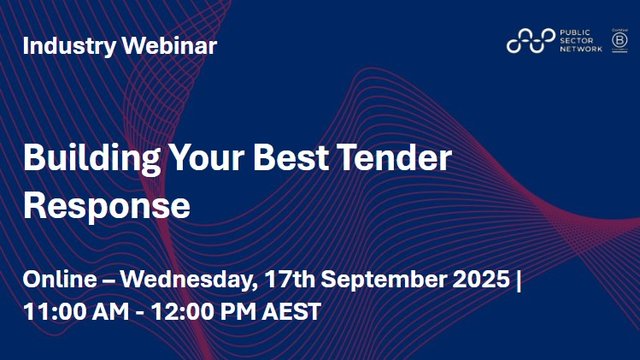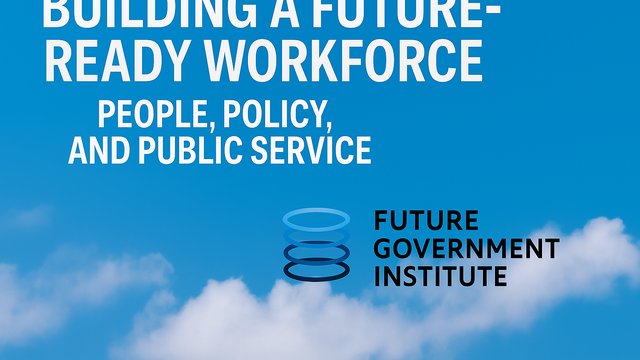

When you think about it, government and design thinking are a match made in heaven. Government is about serving people, responding to citizen’s needs and acting for the public good. Design thinking puts an emphatic lens on any industry’s policies, processes, products or services. Design thinking teaches us to understand our end-users, whether they be clients or constituents.
In 2018, the Canadian publication Policy Options ran a story that outlines how the government can, and should, implement design thinking. The article explained how design thinking stages reflect the core principles of a government that is truly of the people, by the people and for the people.
We spoke with politician Jenna Sudds, city councillor for Kanata North in Ottawa, about the ways design thinking can advance women’s political careers and government as a whole.
How can Design Thinking be used to help advance women in your industry?
“When I think about design thinking, I think at its core is very people-centric. This human-focused approach encourages companies, not-for-profits and governments to focus on the people that they’re creating a product or service for. The people-centric approach to design thinking is very inclusive of women, minorities, and other underrepresented groups, which levels the playing field of the decision-making process and allows for input from all individuals in that process.”
How can Design Thinking be used to better understand and serve your end-clients/constituents?
“As I mentioned, Design Thinking is very people-centric. The first step of design thinking is empathy, and when it comes to my role and dealing with residents of Kanata North, empathy is a very good quality to have to relate with people by helping to understand and share the feelings they might be having. Using design thinking requires us to put empathy first in the decision-making process, enabling us to put ourselves in others’ shoes and relate better with residents. For example, when residents contact me because their street hasn’t been plowed or the LRT isn’t serving their needs, I’m able to empathize and put myself in their shoes to find a meaningful solution to their concern, which is incredibly useful in a city councillor role.”
How can Design Thinking improve the “work-life” balance for women in your organization?
“I find that design thinking is very systematic. The systematic approach to working through clearly defined stages in and of itself lends well to women (and men) and enables any individual to organize their thinking and approach to solving an issue or problem in a way that’s a bit more manageable; I liken it to dividing a challenge into pieces of a pie. Design thinking enables individuals to make decisions around how and when they’ll tackle each piece of the pie and helps to manage one’s time, projects and issues, at home and at work, in a way that’s more productive.”
How can Design Thinking improve leadership skills in women in your workplace?
“I feel that design thinking can really serve women well. Being a very systematic approach, I think that design thinking helps one to do things intentionally. It can be an equalizer – women who are digesting information and taking a design thinking approach are able to provide input, demonstrate their thought process and leadership more meaningfully. By default, the first stage of design thinking, empathy, is a skill that I would argue women are quite strong in naturally and design thinking enables us to approach problems with this frame of mind at the outset which sets us up well for success.”
How have you implemented Design Thinking in your work?
“Being in a people-centric role, by default my team and I are going through the various stages of design thinking subconsciously whenever we empathize with citizens of Kanata North, but I feel we could approach it more intentionally and think more about how we can deliberately implement design thinking in our work to better serve our constituents.”
What advice would you give other women seeking training to learn or improve their Design Thinking skills?
“My advice to women would be to seek out training where it exists. There are also a lot of great books and resources online. Design thinking empowers people to be so much more intentional with how they approach their work and solve problems, and provides a mechanism to address challenges that I believe is incredibly valuable and effective.”
For governments, the citizen is at the centre of everything. For design thinkers, the user is at the centre of the process. Therefore, it is only natural that many governments and public officials like Councillor Sudds have started embracing design thinking and experimentation when shaping programs and services.
For more from Councillor Sudds follow her on Twitter, and check out her Kanata North website for more great resources, including opportunities and programming specifically focused on advancing women across all industries!
Published by
About our partner

Spring2 Innovation
About Spring2 InnovationWe are innovators that inspire unlimited thining. Driven by curiosity, creativity, and empathy we love experimenting and making an impact. Seeing the lightbulb go off for our clients when they break through their perceived limitations is what drives us. We remove barriers for governments and businesses to help them become limitless and #DoUnlimited.What We DoWe provide innovation training, coaching, and consulting for governments and businesses who want to innovate better and get processes, policies, products, and services to market faster and more successfully.
Learn more

































